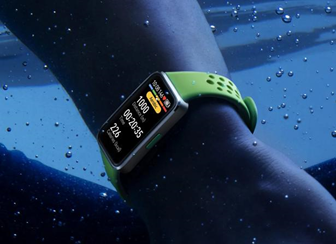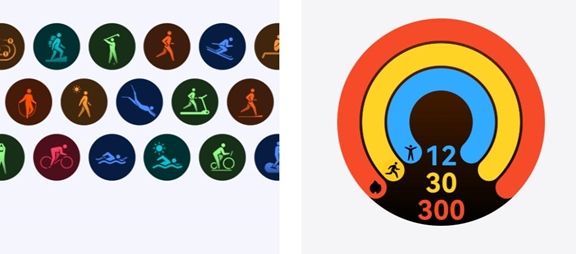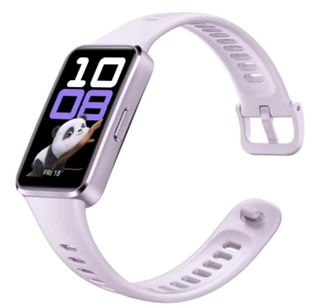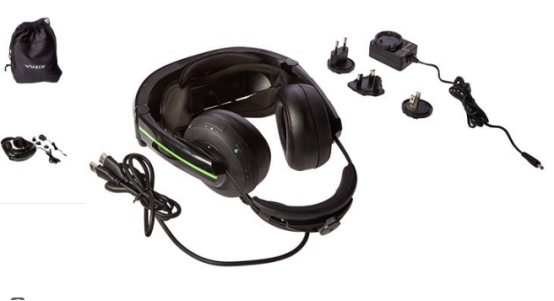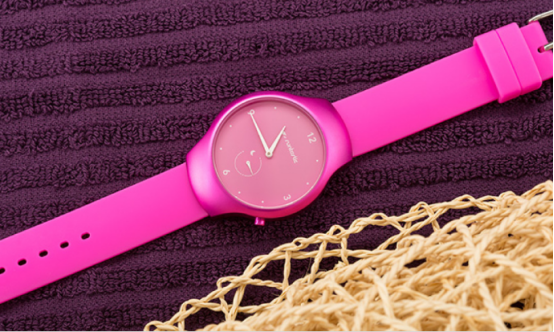— Recommendations are independently chosen by Reviewed’s editors. Purchases you make through our links may earn us a commission.
In a world of intense HIIT workouts,
high-tech exercise bikes
and
AI-powered smart trainers
, you may feel like you need gadgets and a lot of of sweat to check off your workout box for the day. But even as our exercise options get more inventive, the basics still do plenty to improve your overall health. And that includes taking walks.
Need help finding products?
Sign up for our
weekly newsletter
. It’s free and you can unsubscribe at any time.
Walking works your whole body, is good for your heart and helps alleviate stress. Want to add some simple movement to your daily routine? Here are some of the benefits walking can offer you.
Get expert shopping advice delivered to your phone.
Sign up for
text message alerts
from the deal-hunting nerds at Reviewed.
It's a sneaky way to work your lower body and core
Most of us take a few steps every day, so it may seem like putting one foot in front of the other takes little to no effort. But the activity actually uses a lot of muscles. Your hamstrings, glutes, quads, calves, hips and core all spring into action as you move—even the muscles that help curl your toes are used. Going for a half-hour walk at a moderate pace on a
treadmill
or outside can help build strength in your lower body and core, and if you crank up the incline or walk on a hill, your legs, core and back muscles get a serious workout.
Because walking is a movement we do each day, it makes it an easy exercise to start. Trainers love recommending it because, unlike
lifting weights
or cycling, you don’t need much (or any) equipment or extensive training to learn how to walk properly. “[Walking has] a low barrier to entry compared with other methods of physical fitness. In addition, there is no minimum effective dose or, barring injury and/or pain, upper limit. The more you move, the better off you will be,” says Timothy Lyman, certified personal trainer and director of training programs at Fleet Feet Pittsburgh, a running equipment store with locations across the United States.
Using good form will maximize your results
Walking is an intuitive movement, but paying attention to how your body is positioned will help you avoid injury, especially if you're doing it for long periods of time.
Good walking form
entails keeping your head up and looking ahead during your walk, keeping your shoulders and back relaxed and swinging your arms opposite the movement of your legs.
You'll also want to make sure your feet are comfortable and supported. You can buy walking shoes, but you may be better off investing in a pair of
running shoes
to stay comfortable and avoid injury while walking. They’re built to withstand more impact, which makes them suitable for a wider range of activities (including, you know, running, should you decide you want to
speed up your steps
). What makes a good running shoe comes down to personal preference, but we recommend the
Brooks Ghost
for a neutral fit, the
Brooks Adrenaline
for more stability and
Xero running shoes
for a minimalist, barefoot feel. You can also look for a "maximal" running shoe, such as the offerings from
Hoka One One
, which have a chunky, curved sole that offers a ton of cushioning and makes it easy to switch between walking and running.
Walking is good for your cardiovascular health
Walking is considered aerobic exercise, and aerobic exercise (also known as “cardio”) is great for your
cardiovascular health
, no matter the speed at which you take it. Studies have shown that
aerobic exercises
like walking can
reduce the risk of heart disease
, strengthen your muscles to lower your resting heart rate and lower blood pressure.
The American Heart Association (AHA) advises walking 30 minutes a day, five to seven days a week, for cardiovascular health. You can go for a 30-minute walk once a day or break it up into three 10-minute segments and your health will benefit either way.
Walking can help alleviate stress
What benefits physical health often benefits mental health—and the same is true for walking.
Walking can reduce stress
and improve your mood, according to the Anxiety and Depression Association of America (ADAA). This is because walking as a form of
exercise produces endorphins
(chemicals that regulate emotions). Just five minutes of aerobic exercise—and, again, walking counts!—can start to lower anxiety, according to the ADAA.
If you have any kind of green space nearby, try to take advantage of it, as strolling in nature may be especially good for mental health. One study showed that people who went on a
90-minute nature walk
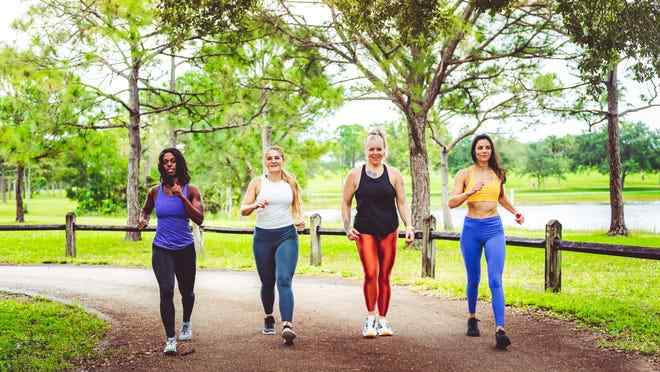
reported fewer negative feelings about themselves, as well as less neural activity in the parts of the brain associated with mental illness.
Getting more steps in can improve your sleep
Walking daily can also help you get a better night's rest. Exercise, like walking,
boosts the sleep hormone melatonin
, which can help you snooze more soundly. Taking more steps during the day also
improved the quality of sleep
at night among adults who were already getting seven hours of rest, according to a study published in the journal Sleep Health.
Getting outside in the morning
for a walk can also improve your wakefulness and help set your circadian rhythm so you'll be more awake in the morning and sleepier toward the night. If a nighttime walk is your preference, experts suggest you wrap it up three hours before bedtime so as not to energize yourself too late in the day, if you find you notice that effect.
Walking can aid fat loss
Walking is a type of cardio workout referred to as low-intensity steady-state, or LISS. LISS workouts are
good for fat loss
and can help you achieve or maintain a healthy weight. LISS exercises should be done frequently and for extended periods of time. Experts recommend walking at least
30 minutes
a day at a “brisk” pace to see the most benefits. (Lyman says you can walk for 45 minutes a day to see even more benefits.)
A brisk pace translates to 3.5 mph to 4 mph (a 17- to 15-minute mile), or 50% to 70% of your maximum heart rate, according to the AHA.
The best way to monitor your heart rate is with a chest strap, such as the
Polar H10
. You can also use a
fitness tracker
, although wrist-based sensors aren't as accurate and may be more beneficial for tracking your steps. We recommend the
Fitbit Charge 4
or the
Garmin Vivosmart 4
, both of which automatically record your activity and heart rate.
When you're ready, it's easy to level up
There are plenty of ways to make your walk more challenging and get your heart pumping even more. One way is to pick up your pace, by walking faster or adding in short bursts of running intervals. You might also choose tougher terrain, either by finding a hilly area or hiking in the woods. By wearing a
weighted vest
or carrying a backpack filled with a few books you can also increase resistance, which translates into a better workout. Just don’t carry dumbbells or wear wrist and ankle weights, as experts say this can alter your natural stride and cause injury to hips or shoulders.
You could also try incorporating some light resistance work into your daily walk. Consider taking two or three breaks during your walk to perform some basic bodyweight exercises like squats, lunges or pushups. If you’re up for it, you can even carry resistance bands with you to make these exercises more challenging.
Feel like you need motivation to get moving more than a challenge? Use a
workout app
with walking programs to guide you through your steps.
Peloton
and
Aaptiv
have audio-outdoor walking workouts available via their subscriptions. If you have an
Apple Watch
(or think you want to get one), you can sign up for its accompanying fitness app,
Apple Fitness+
. Not only does
Apple Fitness+
include standard workout app fare like HIIT and strength classes, it also features audio-only outdoor walking classes—led by celebrities such as Dolly Parton, Shawn Mendes and Jane Fonda—that allow you to detach from the screen and stroll.
10 Olympic sports that you can try right at home
8 awesome skateboards to channel the Tokyo Olympics
13 things to help you host the ultimate backyard Olympics
Wear your Team USA pride with these 10 Olympic fashion picks
The product experts at
Reviewed
have all your shopping needs covered. Follow Reviewed on
,
, and
for the latest deals, product reviews, and more.
Prices were accurate at the time this article was published but may change over time.
